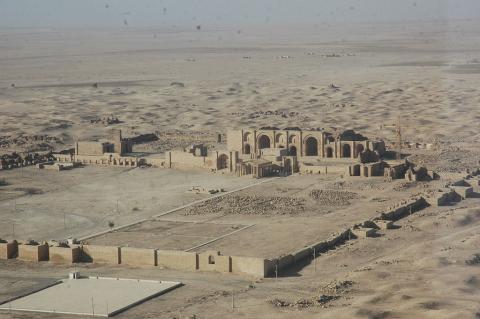25 II: Aleksandra Kubiak-Schneider (Westfälische Wilhelms-Universität Münster), Hatra of Shamash. City under divine protection

Abstract
Hatra, located in the nowadays Iraq in the Northern Mesopotamia, distant about 50 km from Assur, provides splendid ruins of a city flourishing in the Arsacid times from 90 to 240 CE. The middle of the circular settlement enclosed within the walls is occupied by a monumental complex of sanctuaries and iwans – large vaulted halls of some cultic function opened on one side. Hatra provided hundreds of inscriptions in the form of script of Aramaic used equally in neighbouring Assur in the same period. The Hatrene epigraphic evidence delivered among other the legend: Hatra of Shamash (the god of the Sun and Justice) engraved on the locally minted coins. This paper deals with the questions of the etymology of the polysemic name of the city, the cult of the god and his associates, his representation in iconography and epigraphy: titles, epithets, images and attributes as well as the ancient Mesopotamian traditions which gave an impact and are seen in the Parthian Hatrene religion, like the name Sagil – Esangil of the main sanctuary shared with the Babylonian temple of Marduk. We will look as well on the political side of the cult and the role of the Hatrene kings. The proposed topic is presented in the comparative and historic approach taking into account the local Aramaic inscriptions as well as Akkadian sources concerning Shamash and iconographic sources from Hatra and Mesopotamia.
